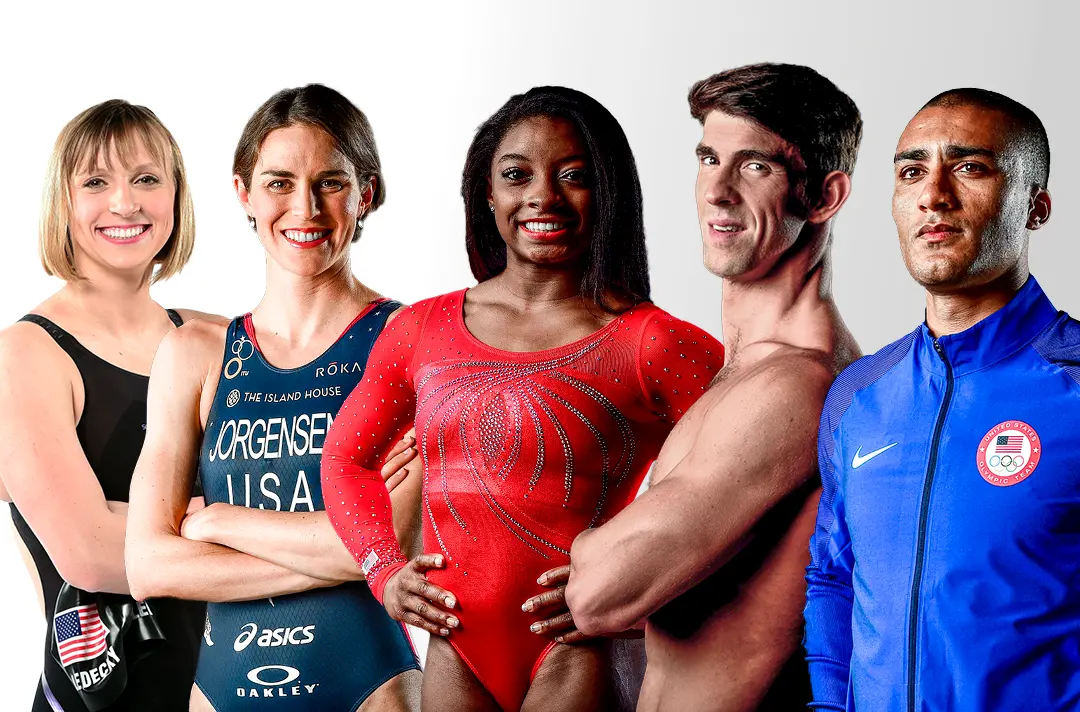Kentucky and Kansas—the two winningest programs of all-time—prevailed in a memorable Saturday double-header at the Final Four and now meet with the championship on the line.
Kentucky took everything a motivated-Louisville could throw at them and more and still came away with a comfortable victory.
In the later game, Kansas and its now-customary slow start gave its fans their usual first-half heart attack before finding a way to come back and eke out a win in the final seconds—but not until squandering three different chances to seal it in the final minute.
The two wins bring us to the title game preview:
Final Game, Monday at 9:23 P.M.: Kentucky (37-2) versus Kansas (32-6).
Prediction: Kentucky tops Kansas 73–66 to cut the nets down for the eighth time in their storied history. Though it’s not shocking to predict the number-one ranked team to win (they were an early 6.5-point favorite) Kentucky should finalize its romp through the NCAA tournament with a win over surprising-Kansas: here is why:
1. Kentucky has shown no problem in dealing with the pressure that comes with being the favorites.
Head coach John Calipari had his Wildcats in a seemingly no-win, high-pressure situation Saturday playing in-state rival and major-underdog Louisville and the team passed with flying colors. The fourth-seeded Cardinals were not expected to win their regional, had revenge on their minds from the 69–62 New Year’s Eve loss in Lexington, and are coached by someone (Rick Pitino) who has a long-running rivalry with John Calipari and would have like nothing more than to ruin his best team ever.
Yet the Wildcats, who only got 23 foul-plagued minutes from second-leading rebounder Michael Kidd-Gilchrist showed little signs of jitter, hitting 57.1% of their shots and held steady even as Louisville tied the game at 49 with just over nine minutes remaining.
Second-seeded Kansas may not be quite the underdog that Louisville was but they’re not the equally motivated rival that the in-state Cardinals were either. The Wildcats handled their most-motivated opponent yet with relative ease.
2. Kansas center Jeff Withey’s shot-blocking will be negated by Kentucky center Anthony Davis’ even-better shot-blocking.
The biggest reason Kansas beat Ohio State was the fact that Withey negated the Buckeyes anchor on offense, power forward Jared Sullinger. Withey had roughly three inches on Sullinger and because Ohio State had no center for Withey to match up against he was on Sullinger all night, finishing with seven blocks (at least three were Sullinger shots) and altering several other shots.
Previously, the seven-foot Withey had three blocks against North Carolina, of which at least two led to fast-break opportunities and he had 10 blocks against North Carolina State prior to that game to will his team to a win.
But with Kentucky...







